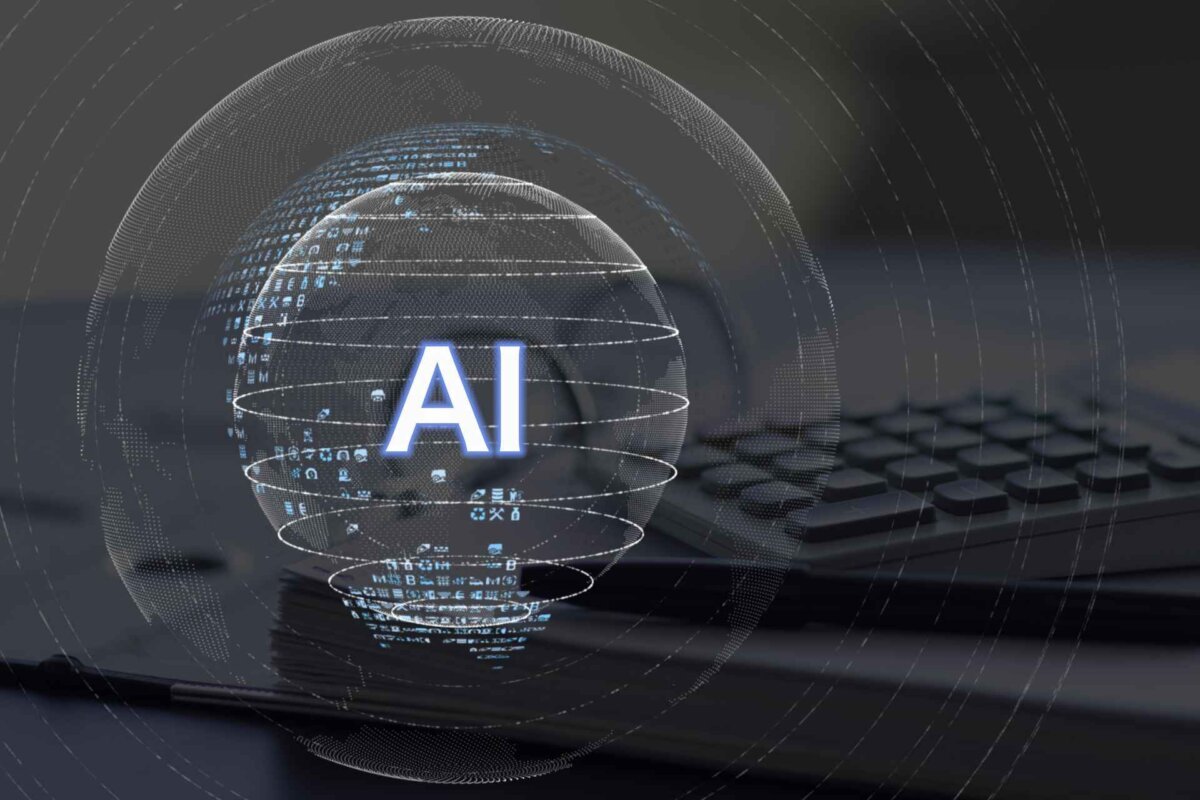According to research study conducted by Astute Analytica, we estimated that the Global Edge AI Software Market will grow at a CAGR of 29.8% during the forecast period of 2021-2027.
Request for a sample report: https://www.astuteanalytica.com/request-sample/edge-ai-software-market
‘The most demanding use of Edge AI has been seen in wearable devices.’
Edge AI is a system that consists of sophisticated Machine Learning algorithms that the process data generated by a local hardware device. It is a system that puts Edge Computing and Artificial Intelligence (AI) together. AI is a machine made to performs tasks that otherwise require human intelligent. Together Edge computing and AI brings many breakthrough advancements like self-driving cars, which helps prevent many accidents that occur due to human faults such as drunk or distracted driving. With most self-driving cars having electric engine, these cars have proven themselves to be environment friendly.
An application of edge technology can be seen in speakers of Google, Alexa or Apple Homepod, Apple Siri. Such devices have comprehensive computer algorithms that helps them to learn and improve automatically using a lot of given data and experience.
In-Depth Study of Market and What Effects It
- Drivers: Increasing Demand of AI Using Devices
- Increasing demand and trend of wearable devices such as smart watches and smart glasses uses the edge AI technology to provide real time analysis and response. In 2021, Apple recorded 50% Y-o-Y increase in demand for their smart watches.
- The need for futuristic security systems have increased rapidly. AI enabled home cameras help to detect activities with real-time face recognition.
- Smart speakers and voice assistants that are embedded with complicated edge AI software provides more interactive human interface.
- 5G coupled with Edge AI software aims to provide a better customer experience, increase business efficiency, and generate higher revenue and more opportunities. For example, recently Telstra collaborated with amazon web services (AWS) to combine AWS’s edge AI technology with Telstra’s 5G network.
- Restraints: Continuous Cyber Threats
- Since edge AI technology stores data in edge devices, there is a large amount of data shared in real-time which is prone to cyber theft
- With injection of AI with Edge Computing in daily lifestyle of humans, the dependence is undeniable. Cyber-attacks dampen the smooth functioning of the technology.
- Internet-of-things (IoT) devices are far more difficult to recover from security threats.
- Edge AI is used in bots of banking services but with the rise of cyber threats, this poses a scenario of bank failure. Also, the interconnectivity of banks across all globes also poses the plethora of cyber-attacks simultaneously.
- Securing AI Decision-making Systems and Public policy creating “AI Security Compliance” programs will reduce the risk of attacks on AI systems. For example, the NIST Cybersecurity Framework was developed to detect and protect systems of economic importance from AI attacks.
- Opportunities: Development of Machine Learning
- Adding Machine Learning (ML) to Edge AI software can enhance IoT data analytics and decision making. The combination of machine learning and AI technology can filter noise collected by IoT devices and store important data only for analysis.
- In 2018, Google announced a couple of new products for ML and Edge Computing on IoT like Edge TPU, which deploys high quality ML interface at the edge and Cloud IoT Edge, which enables Google’s cloud data processing and machine learning to billions of edge users.
- Trends: Use of Edge AI Tech in Healthcare
- With more precise and accurate real time data analysis, AI technology helps in diagnostics and detection of various diseases.
- Neurological diseases dampen persons’ abilities to speak, move, and interact and react. Brain-computer interfaces rooted with AI can help a person perform fundamental functions.
- Edge AI imaging tools can screen scans for detection of various diseases with level of accuracy even not performed by humans.
- Use of Edge AI in wearable devices is one of the most emerging trends of the decade. Some of these devices are fitness bands that tracks heart rate, number of steps walked, area covered during running etc.
Request for Discount Pricing with Your Specific Research Needs At: https://www.astuteanalytica.com/ask-for-discount/edge-ai-software-market
Key Players and Recent Developments
In the recent years, the use of artificial intelligence has increased rapidly. Now more human jobs are being done using AI technology to achieve increased efficiency at lower costs.
There are several players in the market that provides this technology intensively and the biggest providers are AWS, Google, IBM, Microsoft, Azion technologies, Anagog Ltd., Foghorn Systems, Inc. Chaos Prime, Inc. Gorilla Technology Group, Inc. Imagimob, Nutanix, Octonion, Synaptics, TIBCO Software, Veea Inc. Top 12-15 market players hold approximately 65-70% of the market share. The report evaluates that the market is projected to shift towards an oligopoly market during the forecast period. Some new developments in the global market for Edge AI software are listed below:
- In 2019, Google launched Coral which is an AI platform to help its customers in creating products with local AI. Coral provides software on chips with machine learning algorithms that works without connecting to the cloud.
- In 2020, Mimik Technology collaborated with IBM to create AI-enabled integrated workflow technologies to make edge computing more attainable for the manufacturing, retail, IoT, and healthcare industries.
- In 2021, the National Payment Corporation of India (NPCI) launched an AI sophisticated product called pai to integrate and analyse data for companies such as RuPay, FASTag, AEPS, etc.
- In 2021, Microsoft launched Azure Percept. The aim is to provide consumers hardware and services that can ease the use of Azure edge AI technologies.
- In 2021, Paravision released a toolkit that is embedded with edge AI software that provides various facial recognition functions.



